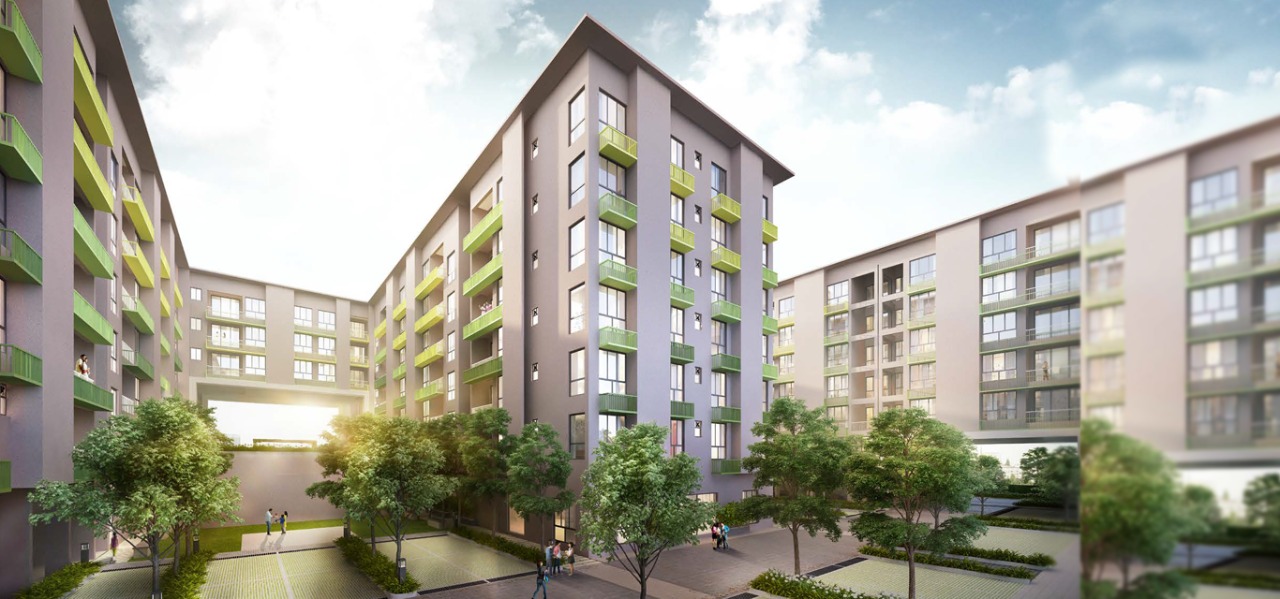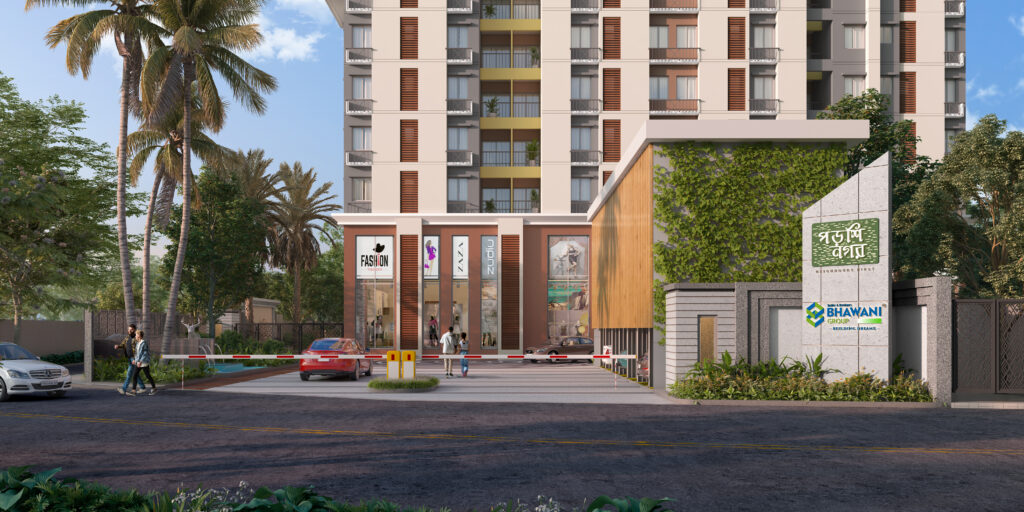Planning to buy a house or flat is a major financial decision, and most millennials need to take out a home loan to cover the substantial amount required for the purchase. Indian tax authorities provide certain deductions and tax benefits on home loans, which make the decision more attractive for buyers. According to the provisions of the Income Tax Act, a homebuyer can claim tax exemptions on both interest payments and principal repayments.
If you’re planning to buy a 3BHK flat in Kolkata, you can benefit from these tax deductions, which can significantly reduce your financial burden. Here’s a detailed guide on the tax benefits you can avail of when buying a flat:
Tax Benefits of Buying a Flat
Given the high prices of flats, a home loan often becomes necessary. While paying off the loan through monthly EMIs (Equated Monthly Installments), buyers can avail themselves of various tax benefits under Sections 80C, 24(b), 80EE of the Income Tax Act.

1. Deduction Under Section 80C
Under Section 80C, you can claim a deduction of up to ₹1.5 lakh per annum on the principal component of your EMIs for home loans, applicable to both self-occupied and rented properties. Additionally, you can claim a one-time deduction for registration fees and stamp duty costs incurred during the property purchase. However, these deductions fall within the overall ₹1.5 lakh limit under Section 80C. It’s important to note that if you claim a stamp duty deduction, you must hold the property for at least five years; otherwise, selling the property within this period may require you to pay back the deduction amount along with interest. Always consult a tax advisor for personalized guidance on these regulations.
Key Points:
- Maximum Deduction: ₹1.5 lakh per annum.
- Eligible on principal repayment, registration, and stamp duty costs.
- Applicable to both self-occupied and rented properties.
- One-time claim for registration and stamp duty.

2. Deduction Under Section 24(b)
Section 24(b) allows you to claim a tax deduction of up to ₹2 lakh per annum on the interest component of the EMIs for self-occupied properties. If the property is rented out, there is no upper limit on the interest that can be deducted.
Important Note: For properties under construction, the deduction under Section 24(b) is only available once the construction is completed. If the construction takes longer than five years from the end of the financial year in which the loan was taken, the maximum deduction reduces to ₹30,000 per annum.
Key Points:
- Maximum Deduction: ₹2 lakh per annum for self-occupied properties.
- No upper limit on deduction for rented properties.
- Construction must be completed within five years to claim the full deduction.
3. Deduction Under Section 80EE
Section 80EE offers an additional deduction of up to ₹50,000 per annum on interest paid, specifically for first-time homebuyers. This benefit is available if the home loan amount does not exceed ₹35 lakh and the property value is ₹50 lakh or less. The deduction under Section 80EE is above and beyond the ₹2 lakh limit under Section 24(b).
Key Points:
- Additional Deduction: ₹50,000 per annum.
- For first-time buyers with loan amounts up to ₹35 lakh.
- Property value should not exceed ₹50 lakh.
Conclusion
To avail of these tax benefits, it is essential to take possession of the property, and the home loan must be from an approved financial institution or bank. These deductions can significantly reduce the financial burden of buying a home.
If you are looking for luxurious residential projects, connect with Bhawani Group. We offer spacious and elegant flats in premium locations like Kolkata and Newtown. Contact us to explore our 3 BHK and 4 BHK flats that come with modern amenities and exceptional value.







